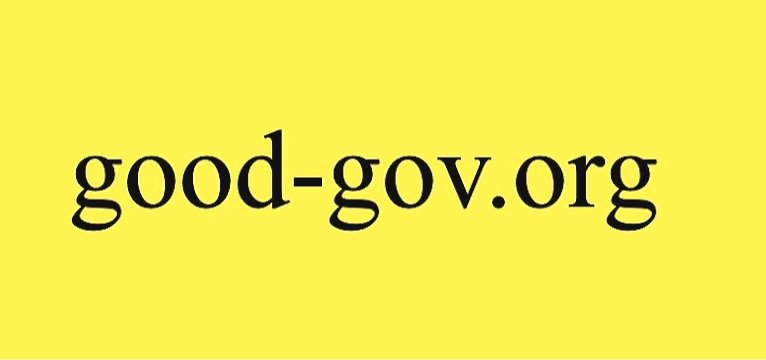How does the Equalization Ratio affect your Tax Bill?
Nashua does not perform yearly statistical updates to bring all properties to 100% of their market value, so the level of assessment fluctuates based on real estate market conditions. If the market is moving upward, as it has been for the last 3 years, the median equalization ratio is falling. Let’s look at a simple way to understand this.
In 2018, KRT Appraisal was to bring all properties to 100% market value (the actual value was 95% which was within the error of a statistical update). The median ranch home in 2018 sold for $270,000; in 2020, the median ranch selling price is $325,000. A property owner should compare homes of similar size and features, determine the correct market value by using the 2020 sales data and then apply this estimated 2020 median ratio to bring the home back to the 2018 assessment level to be equivalent to all the unsold properties. We all get to stay at the 2018 level of assessment, baring home improvements through permits, the removal of features on our property, or the correction of the property cards based on the MLS pictures of a sold properties. In 2022, Vision Government Solutions will update all properties attempting to bring them to 100% market value.
The 2019 ratio was 88.8% and the 2020 median ratio should be around 82%. So, if you determine your ranch is now worth $325,000 based on sales data, multiple that number by .82 to determine the assessment, which would be $266,500. Let’s say you paid your 2020 taxes on an assessment of $310,000. This $43,000 assessment reduction would save you $973.00. That is a lot of money. That is a two year savings, because the assessment will stay at this level for 2021.
Another way to view this is that 20% of the sold 2020 properties are only assessed in the 60-75th percentile. Their tax bills are low and that’s a sweet deal. If you are one of the 300 properties in the 90th percentile or above, you are paying more in taxes. You must file an abatement to have your overpayment considered by the Board of Assessors. The deadline is March 1st.
Why are we so confused and uneducated? The answer is twofold. There has been a culture to deceive and hide this information from property owners. The past Nashua Assessing Chief believed that he should not “advertise” the ratio because it is a state generated number, not local data. The state also calculates the tax rate and the City has no problem “advertising” that number to make sure we all pay our taxes. The state serves as a checks and balance agency, verifying that sales are documented correctly.
Additionally, the state form for filing an abatement explains the use of the ratio and presents the level of assessment reason for abating. Years ago, the Nashua legal office appears to have removed this language from the form, creating their own version, leaving us unaware of this factor. The Nashua form was corrected back to the state information in 2019. But this culture of deception has worked in the best interest of the government because it brought less work into the assessing office and allowed the city to leave many Nashua property owners paying more than their fair share. As one Nashua chief said to me regarding not applying the ratio, “this is way I save the City money”. His actual job was to make the assessments uniform, fair and proportional.
Once Vision completes the 2020 update, the process of ratios rising and falling starts all over again. There is a lot of messy assessing data in Nashua; an educated public will go a long way to cleaning us this mess. Understanding this the use of this ratio might save you some tax dollars.
